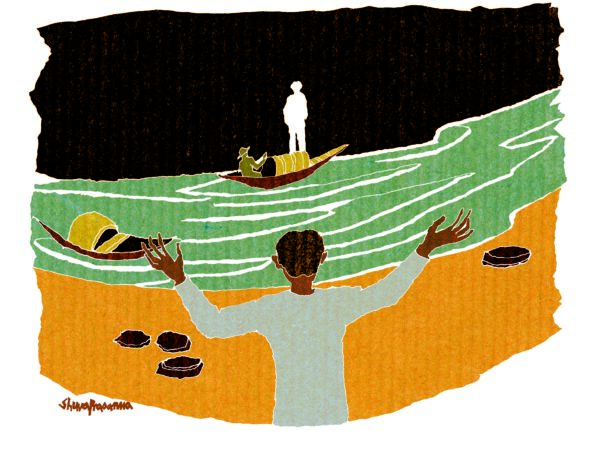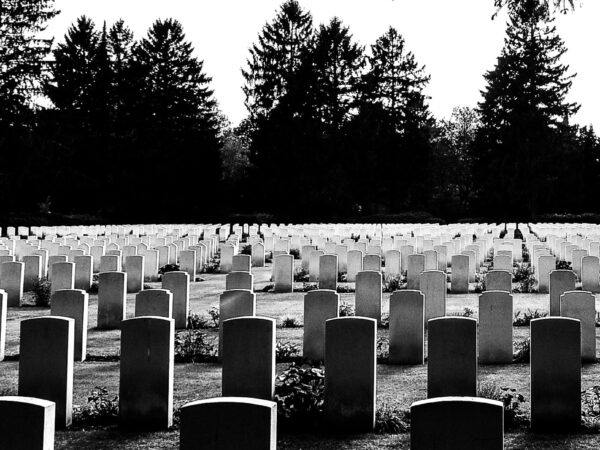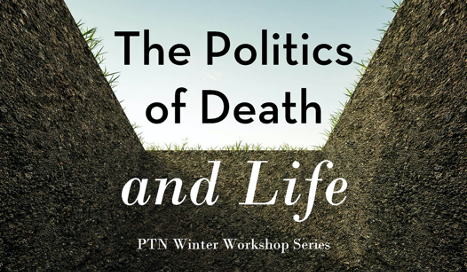
Taubes’s novel continuously asks how we distinguish—if we can—between dreams, life, and books. Who or what speaks to the one who dreams? To the reader of a novel? Are dreams and novels and other kinds of books various mediums through which the dead speak? Can we hold this to be true while still honoring the dead as dead?
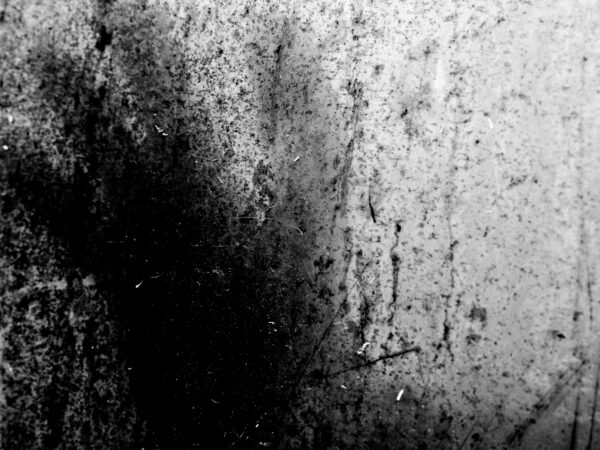
“Instead of neatly separating the forms of resistance to biosovereignty into life-affirming struggles and necroresistance and mapping them (and life and death) onto the reform/revolt dichotomy, I suggest that we conceive life and death as relational rather than oppositional categories. For every differentiation and intensification of death creates new possibilities of life; and every differentiation and intensification of life entails experiences of “death” that cannot be reduced to the power of one’s death.”
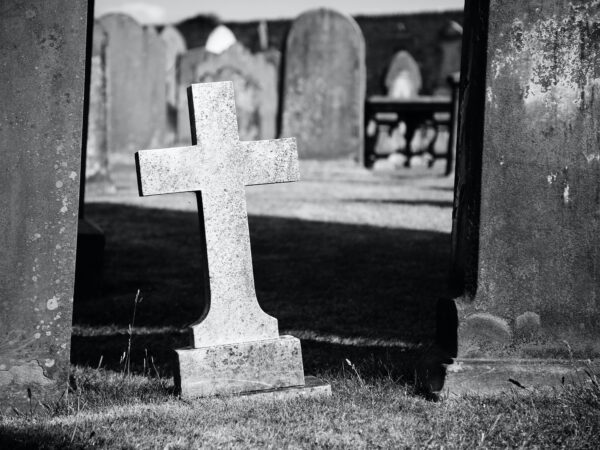
To be personally acquainted with disownment and the discourse of death—simultaneously, from divergent communities—and still desire to be “servant of all” is, perhaps, one way to journey through death on the Way. Nevertheless, Jesus’ teaching to love neighbor and enemy is both beautiful and horrible, not unlike the Christ’s foretelling of his death on the way to resurrection.




